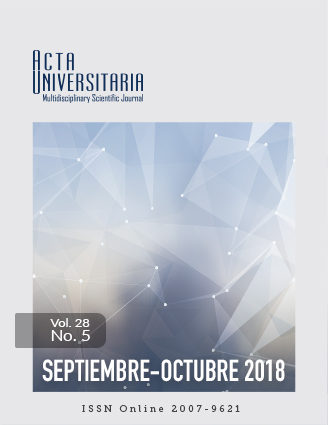Animal nutrition strategies to reduce greenhouse gas emissions in dairy cattle
Published 2018-11-15
Keywords
- Nitrogen excretion,
- feeding manipulation,
- methane,
- nitrous oxide,
- milk.
- Excreción de nitrógeno,
- manipulación de la alimentación,
- metano,
- óxido nitroso,
- leche.
How to Cite
Abstract
The objective of this study was to analyze different animal nutrition strategies from published papers to reduce greenhouse gas (GHG) emissions, particularly methane (CH4) and nitrous oxide (N2O) in dairy cattle. Ration data used (n = 32 diets) was obtained from 15 published papers selected according to differences between forage:concentrate ratio and crude protein (CP) content. An empirical model was used to estimate enteric methane emissions based on fiber and CP content in the diets. The N2O emission was calculated according to Intergovernmental Panel of Climate Change (IPCC) recommendations. Differences between CH4 and N2O affected by FC or CP content were analyzed through a variance analysis. Furthermore, a correlation analysis was carried out to compare CP content and nitrogen excretion in feces, urine and milk. Estimations of enteric CH4 were not significantly different between diets with various forage content levels. Diets with high concentrate content had lower GHG intensity. Nitrogen excretion in feces and urine increased linearly as dietary protein level was increased from the lowest to the highest concentrations, but conversion of nitrogen intake to nitrogen excreted in milk was not affected by increasing dietary protein. In conclusion, dietary manipulation could decrease GHG emissions by unit of produced milk.

